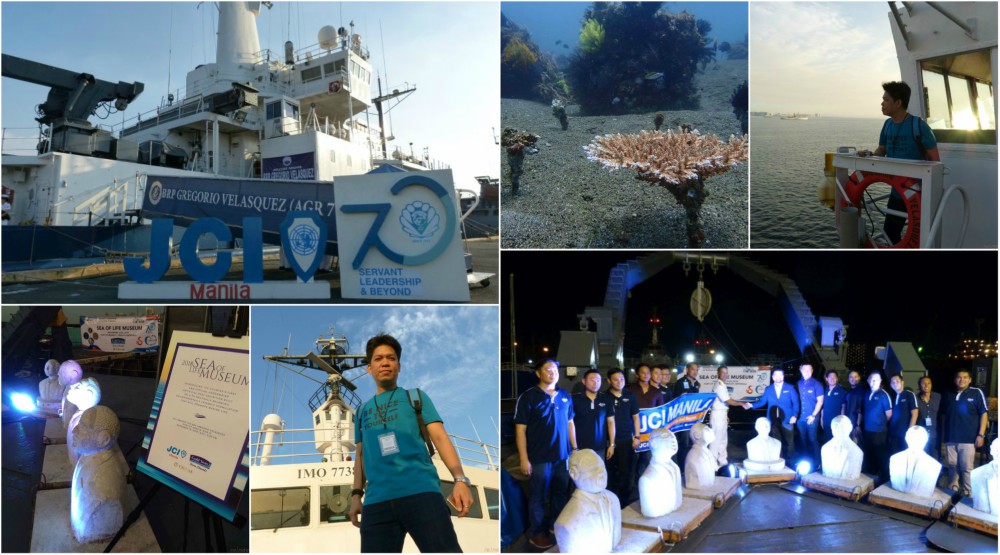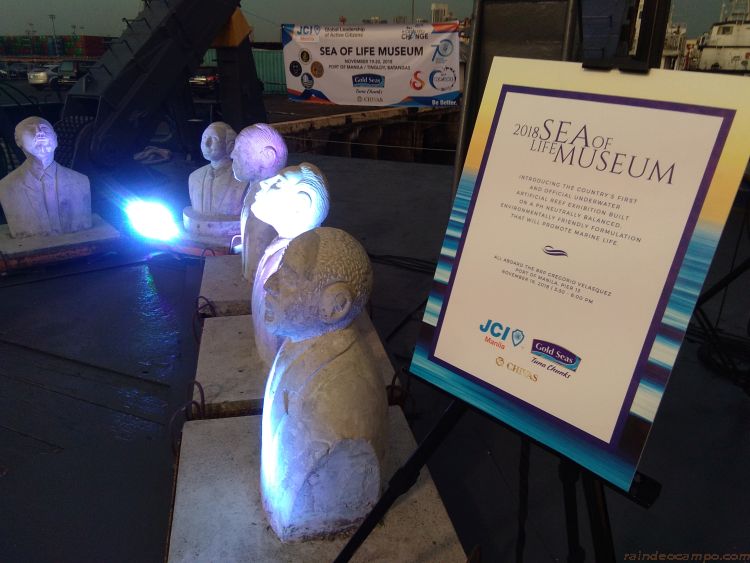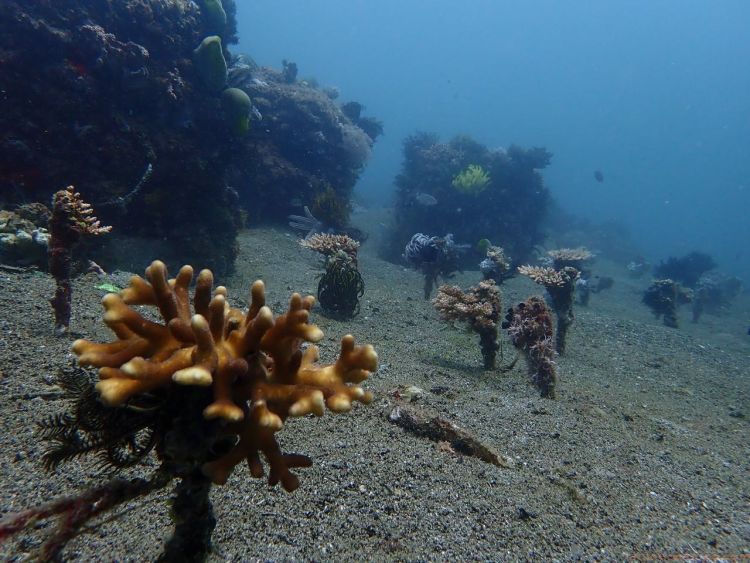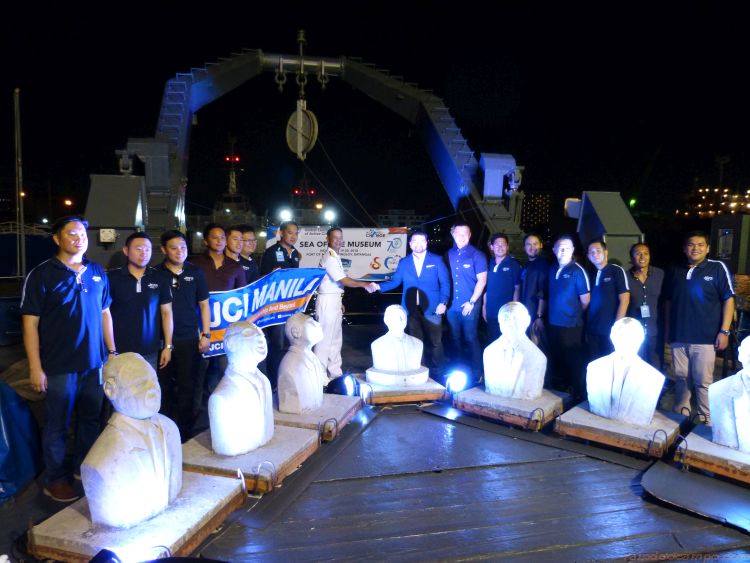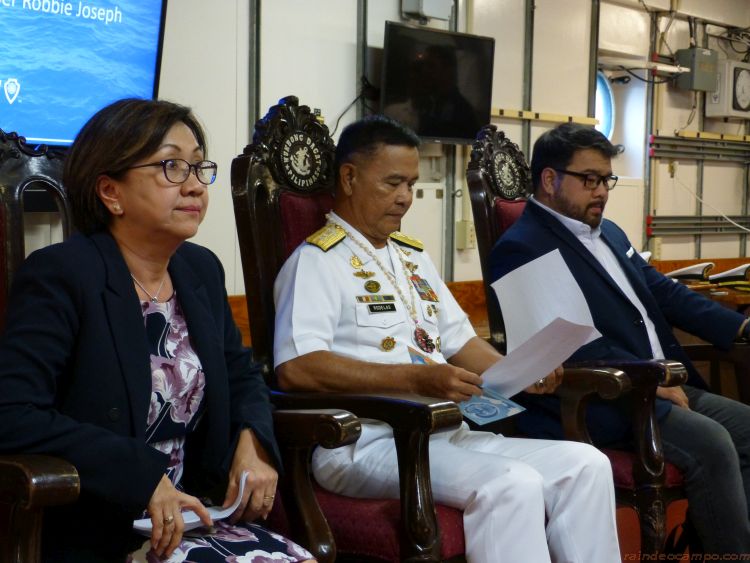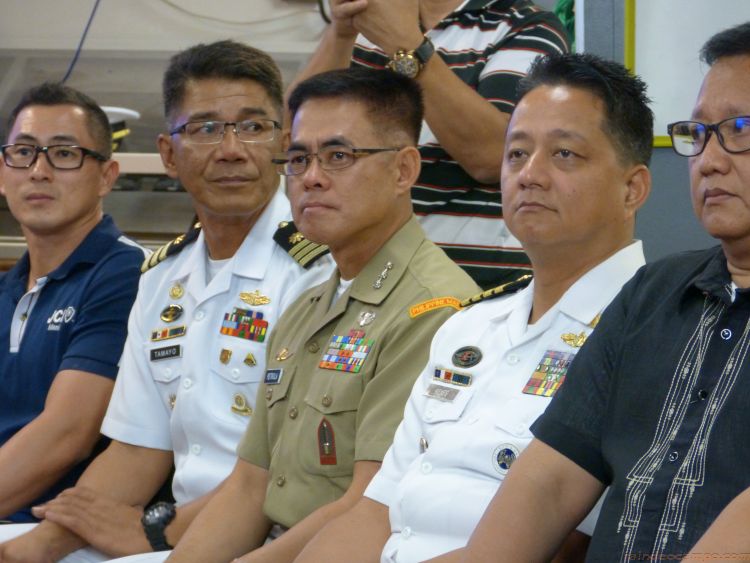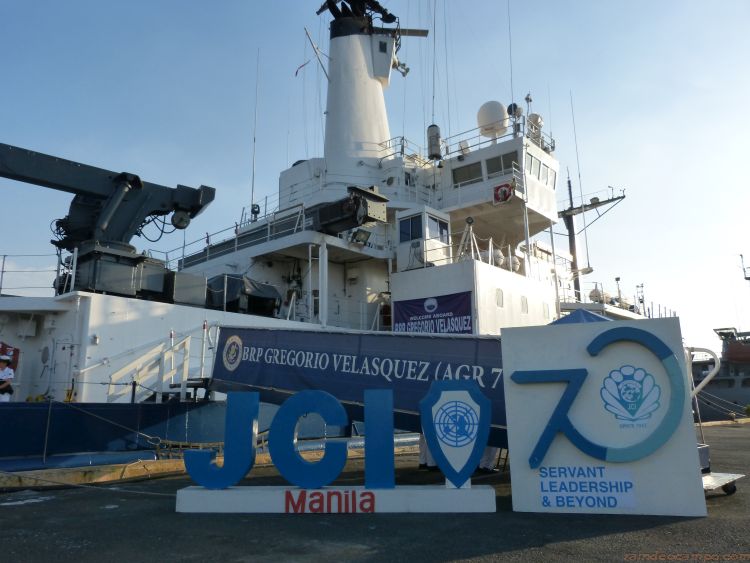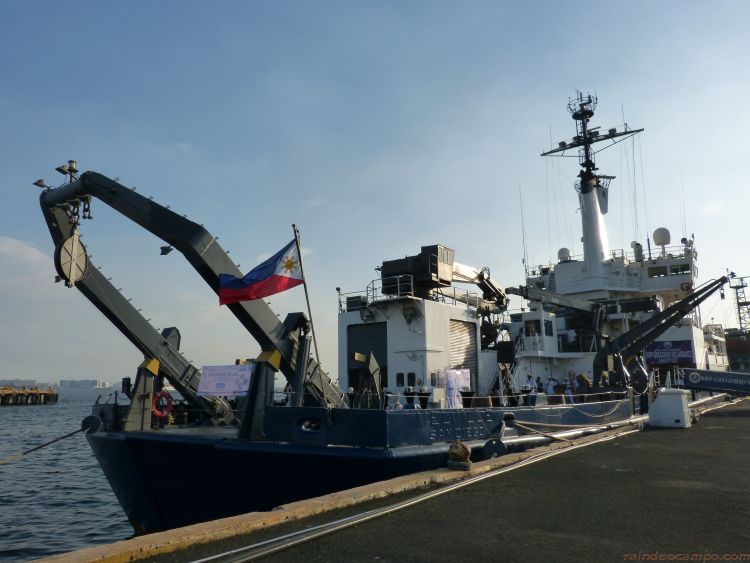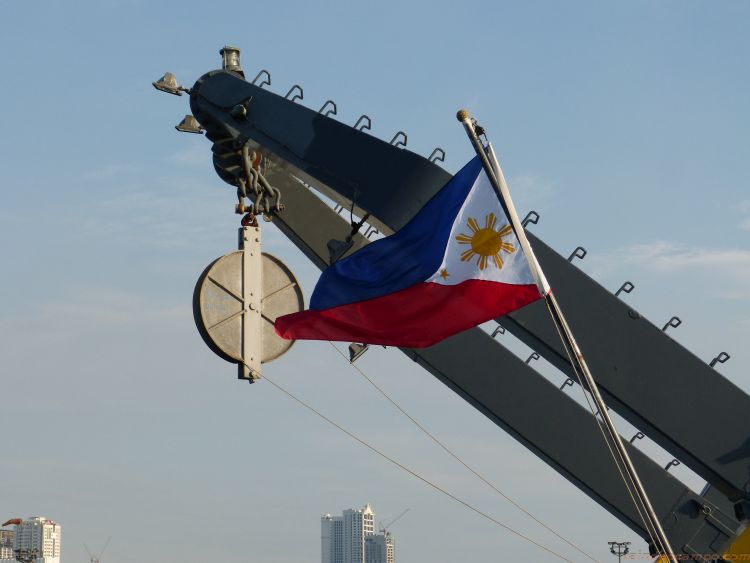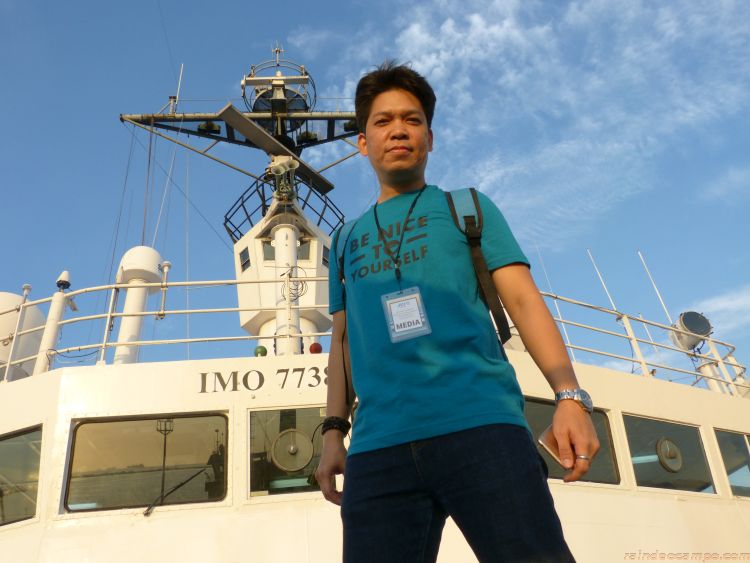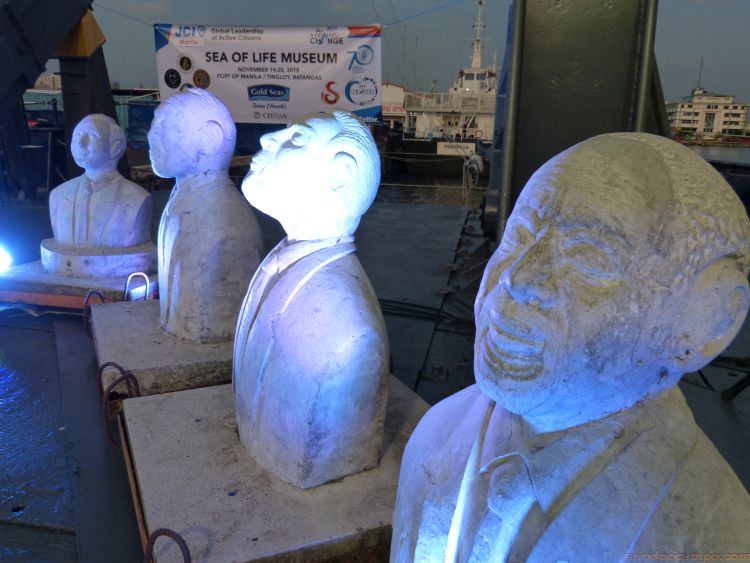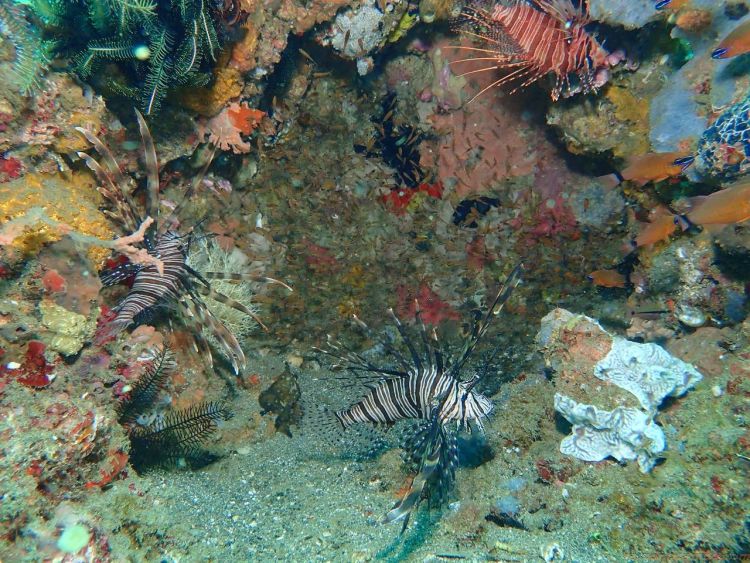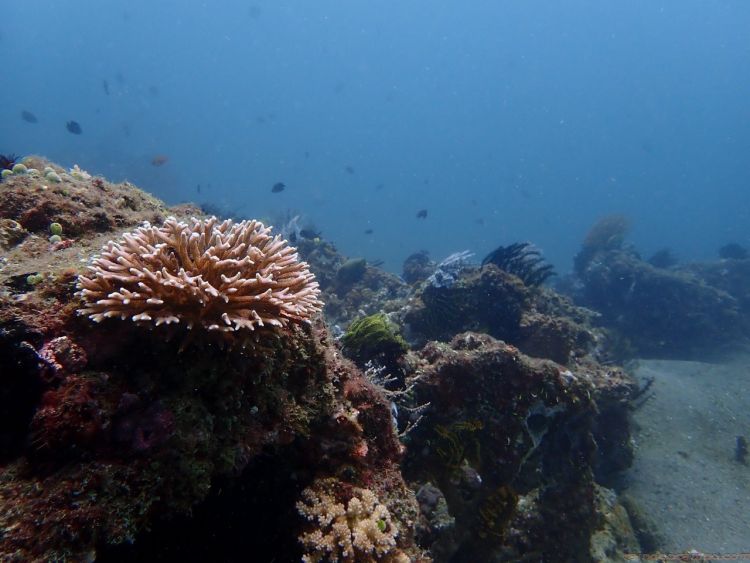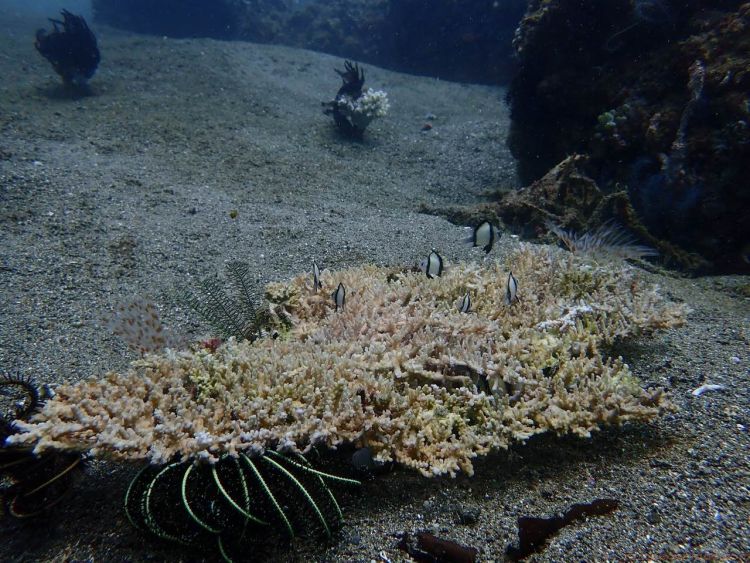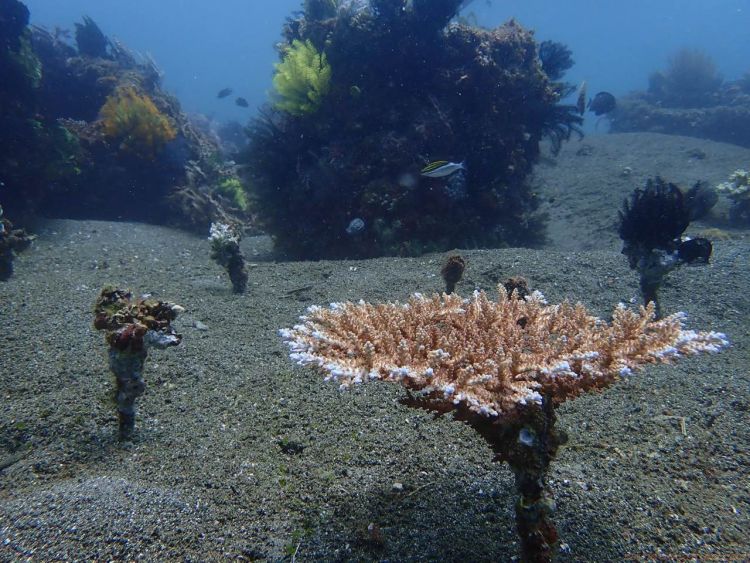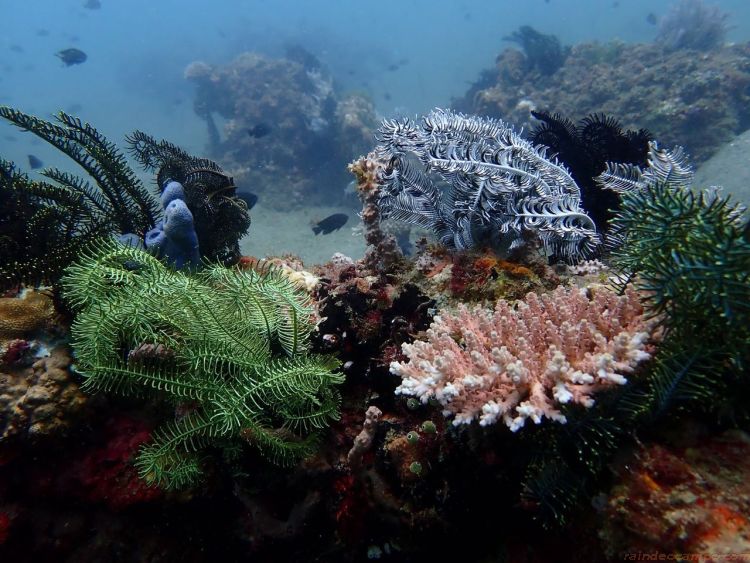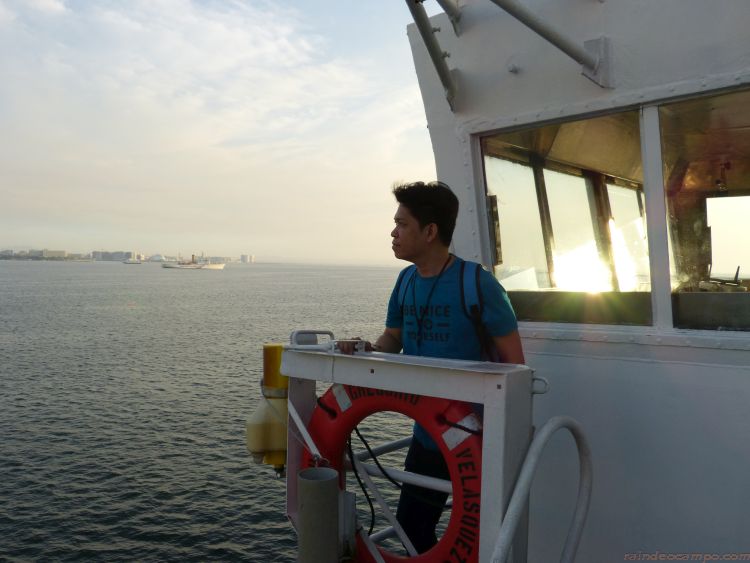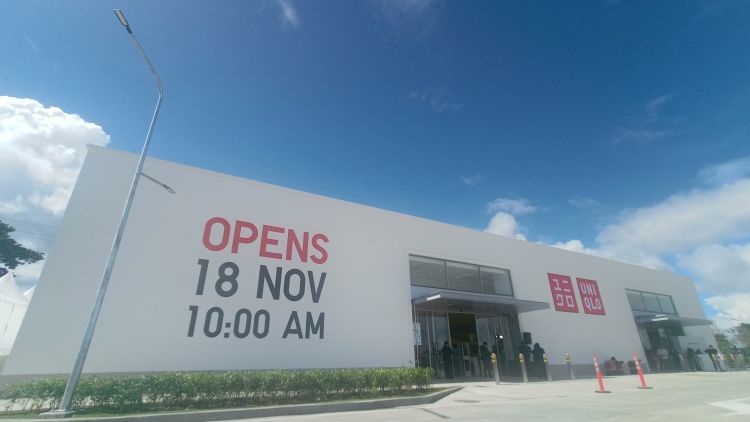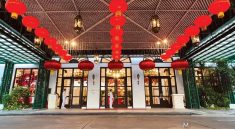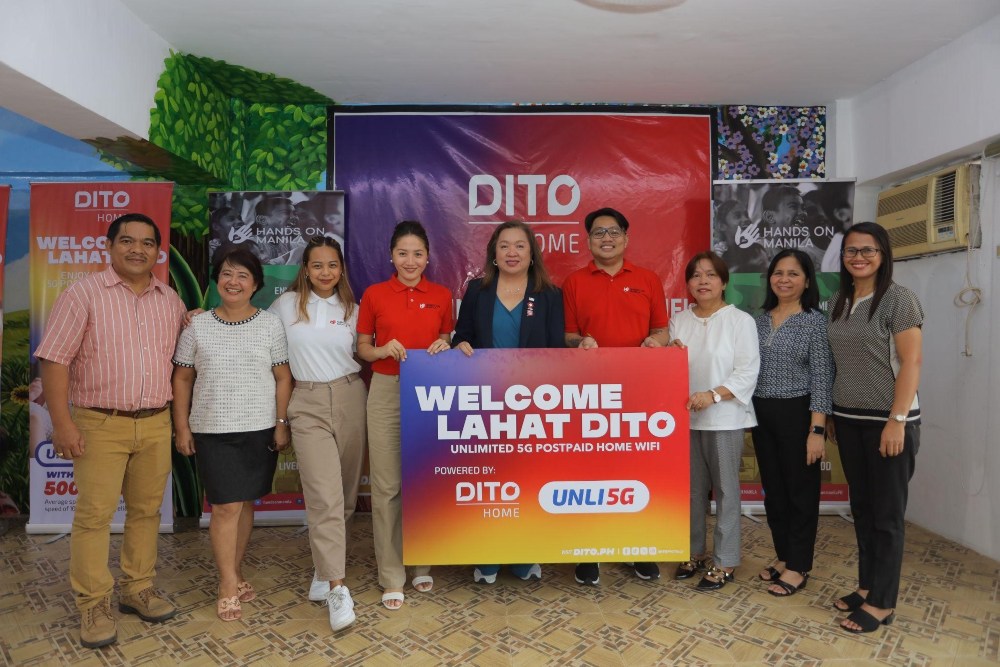In 2011, Junior Chamber International (JCI) Manila launched project Sea of Life. It is a marine environment awareness effort through artificial reefs deployment, coral transplantation, mangrove planting, coastal clean-up, and marine environmental awareness seminars.
Since then, Sea of Life has made a positive environmental impact in marine ecosystems in Batangas, Bohol, Cagayan de Oro, Davao, Cebu, and Iloilo.
Sea of Life recently launched the first ever underwater exhibition that aims to rehabilitate corals off the shore of Tingloy, Batangas.
Sea of Life
The Philippines is considered a center of marine biodiversity in the world, with coral reefs stretching 26,000 kms nurturing more species of fish and corals than any other marine environment on earth. At present, reef degradation caused by factors such as pollution, coral bleaching, destruction of mangroves, and unsustainable fishing methods have affected the Philippines’ coral reefs. Only 5% of the Philippines’ coral reefs remain in good condition.
It can take thousands of years for natural coral reefs to regenerate. Long-lasting, artificial reefs are a useful and faster way to help restore the reef systems to a natural and productive balance. These multi-purpose artworks will help serve the function of natural coral reefs: serve as nurseries for growing fish and protect the shoreline from erosion. They can also help to boost eco-tourism, and provide jobs in a green economy.
Through the support of the Department of Environment and Natural Resources, the Philippine Navy, Coast Guard and various LGUs, JCI Manila in partnership with Gold Seas Tuna Chunks will deploy locally designed underwater sculptures that will serve as artificial reefs initially in the waters off the shores of Tingloy, Batangas.
BRP Gregorio Velasquez
The official launch was held last week on board the BRP Gregorio Velasquez stationed at Port 13 in Manila, the Philippine’s premier science and research vessel which was tasked to transport the sculptures to the installation sites.
BRP Gregorio Velasquez or AGR 702 is the Philippine Navy’s impressive 279 feet long vessel with hydrographic survey and maritime research capabilities. Formerly known as R/V Melville it is known as the oldest active vessel in the academic research fleet. Completed in the year 1969 the ship is primarily used for scientific expedition – much like the “Enterprise” in “Star Trek”.
R/V Melville also appeared in the 1976 King Kong film which starred Jeff Bridges and Jessica Lange.
The ship was officially transferred by the US Government to the Philippines on April 28, 2016 and was commissioned into active service as BRP Gregorio Velasquez (AGR 702).
Making an Underwater Museum
From Pier 13 at Port Area, Manila, the AGR702, complete with a crew of mariners, set off for the waters of Tingloy, Batangas last November 20.
Underwater, the installation was carried out by 20-men diving team, a combination of the country’s Naval Special Operations Group (NAVSOG) and certified dive masters and underwater photographers from JCI Manila.
Six sculptures were installed featuring JCI luminaries who exemplify outstanding corporate citizenship and passion for nation-building, namely, Kofi A. Anan, Ramon V. Del Rosario, Sr., Henry Giessenbier, Washington Z. Sycip, Artemio L. Vergel De Dios, and Alfonso T. Yuchengco. Each sculpture is 3-4 ft tall and weigh 370-400 kgs.
The sculptures are made of pH-neutral cement that is not harmful to the sea and at the same time will protect and promote marine life. The concrete features 10,000 micro silica to create a high strength, abrasion resistant concrete that has a pH similar to natural seawater, which has a pH of 8.3. This is unlike regular concrete which has a surface pH as high as 12, and can inhibit the settlement and growth of many species of marine life, including larval corals.
Micro silica gives the sculpture an expected life of 500 years or more. A variety of surface textures that enhance the settlement of marine life will also applied so corals can easily grow.
Artificial reefs can show quick increases in local fish population, coral reef and algae growth in the first 1.5 years, and a complete reef structure covered in corals after its third year. In fact, the Sea of Life Barangay Saimsim, Batangas leg last 2015 has had encouraging results. The team returned to the site after three years and saw colorful marine fauna flourishing on all 30 underwater dome sculptures.
The installation of the first sculptures is just Phase 1. Every year, Sea of Life Museum will drop more sculptures at the same site until a total of 50 sculptures is completed within four to five years. Each batch deployed will be closely coordinated with DENR Calabarzon and Provincial Environment and Natural Resources Office-Batangas.
How You Can Help
Reef degradation is caused by many factors and it is important that we all know what these factors are:
- Tropical Storms
- Earthquakes
- Overfishing
- Destructive Fishing Methods
- Increased Sedimentation
- Mangrove Harvesting
- Pollution
- Climate Change
While some of the causes are of natural origins which we have no power over, there are many that are man made to which we have power over. As a concerned individual, here are some ways that you can help:
- Practice safe and responsible diving and snorkeling. Don’t touch, stand or collect corals.
- Don’t purchase items made from corals or other threatened marine life such as dried coral, pufferfish, and clam shells.
- Practice water conservation. The less water used means less runoff and waste water polluting oceans.
- Support an organization that supports marine ecosystems such as the JCI’s Sea Of Life initiative.
The most effective funding you can provide to help protect marine reef ecosystems is through sponsorship of sculptures.
- GOLD (75,000 Pesos) – 7Ft Sculpture
- SILVER (50,000 Pesos) – 5Ft Sculpture
- BRONZE (35,000 Pesos) – 3Ft Sculpture
With your support, organizations like JCI Manila can maximize programs geared towards preservation, rehabilitation, and restoration of our marine ecosystems for this generation and those to come.
- G! LU is Poised to Become this Year’s Hottest Summer Movie - April 18, 2024
- Introducing the New OPPO Pad Neo – Big is Better! - April 17, 2024
- realme PH Announces the Arrival of realme 12 5G - April 16, 2024
